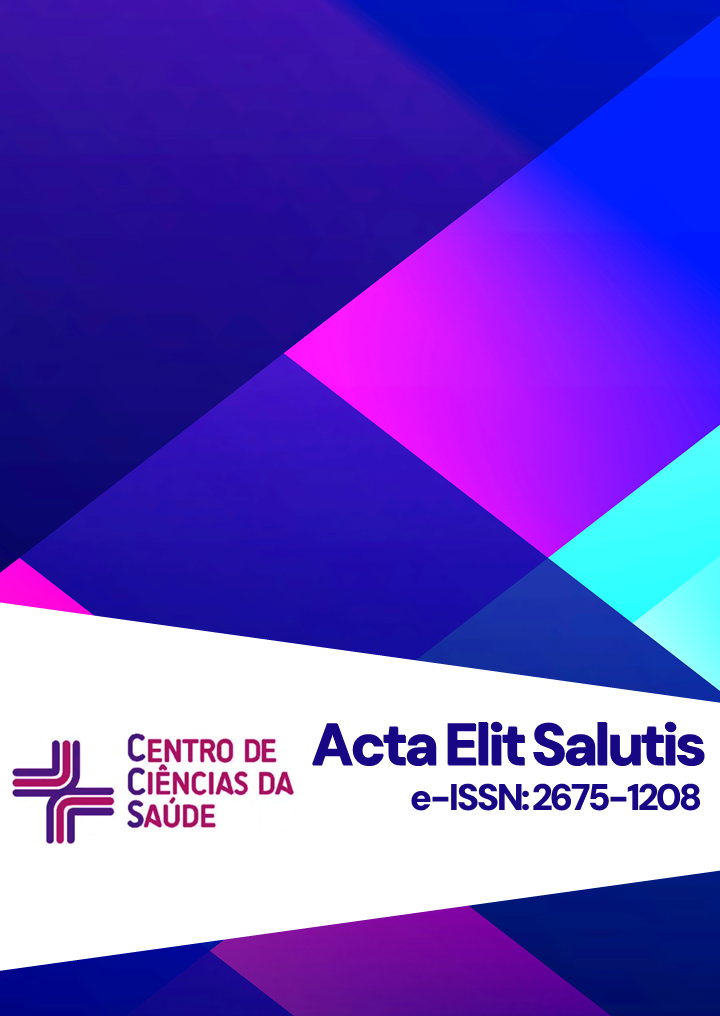Microdeletions in the SHANK3 gene as a monogenic etiology of syndromic Autism Spectrum Disorder: case report with microarray confirmation
DOI:
https://doi.org/10.48075/aes.v10i2.35939Abstract
Neurodevelopmental disorders (NDDs) comprise a group of early-onset clinical conditions often associated with cognitive, linguistic, motor, and behavioral deficits. Among these, Phelan-McDermid syndrome, caused by deletions in the 22q13.3 chromosome region or pathogenic variants in the SHANK3 gene, stands out for its strong correlation with global developmental delay, language deficits, epilepsy, mild facial dysmorphisms, and traits consistent with autism spectrum disorder (ASD). This article presents the case of a 10-year-old female patient with an interstitial deletion at 22q13.31q13.33, with clinical findings consistent with the syndrome. Diagnostic confirmation by chromosomal microarray reinforces the importance of early genetic investigation in patients suspected of having NDD, allowing for more accurate genotype-phenotype correlation, appropriate multidisciplinary management, and appropriate genetic counseling. The report contributes to the recognition of phenotypic variability and to the consolidation of the central role of SHANK3 in the pathophysiology of the syndrome.
References
Lord C, Elsabbagh M, Baird G, Veenstra-Vanderweele J. Autism spectrum disorder. Lancet. 2018 Aug 11;392(10146):508-520.
Maenner MJ, Warren Z, Williams AR, Amoakohene E, Bakian AV, Bilder DA, et al. Prevalence and Characteristics of Autism Spectrum Disorder Among Children Aged 8 Years - Autism and Developmental Disabilities Monitoring Network, 11 Sites, United States, 2020. MMWR Surveill Summ. 2023 Mar 24;72(2):1-14.
Tammimies K. Genetic mechanisms of regression in autism spectrum disorder. Neurosci Biobehav Rev. 2019 Jul;102:208-220.
Phelan K, Boccuto L, Powell CM, Boeckers TM, van Ravenswaaij-Arts C, Rogers RC, et al. Phelan-McDermid syndrome: a classification system after 30 years of experience. Orphanet J Rare Dis. 2022;17:27.
Stenson PD, Mort M, Ball EV, Chapman M, Evans K, Azevedo L, et al. The Human Gene Mutation Database (HGMD®): optimizing its use in a clinical diagnostic or research setting. Hum Genet. 2020;139:1197-207.
Durand CM, Betancur C, Boeckers TM, Bockmann J, Chaste P, Fauchereau F, et al. Mutations in the gene encoding the synaptic scaffolding protein SHANK3 are associated with autism spectrum disorders. Nat Genet. 2007 Jan;39(1):25-7.
Granocchio E, Pollina E, De Salvatore M, Scopelliti MR, Tanzi G, Sciacca FL, D'Arrigo S, Ciaccio C. 22q13.33 duplication involving SHANK3 gene: a boy and his mother with "persistent" language and speech sound disorder. Psychiatr Genet. 2024 Feb 1;34(1):19-23.
Canonero I, Montes C, Sturich A, Boterón M, Asinari M, Cuestas E, et al. Síndrome de Phelan McDermid: descripción de cinco pacientes e informe del primer caso descripto en gemelas siamesas [Phelan McDermid Syndrome: five patients description and report on the first case described in conjoined twins]. Arch Argent Pediatr. 2012 May-Jun;110(3):e50-4.
Paprocka J, Ziętkiewicz S, Kosińska J, Kaczorowska E, Płoski R. Case Report: Lennox-Gastaut Epileptic Encephalopathy Responsive to Cannabidiol Treatment Associated With a Novel de novo Mosaic SHANK1 Variant. Front Genet. 2021 Nov 29;12:735292.
Gauthier J, Champagne N, Lafrenière RG, Xiong L, Spiegelman D, Brustein E, et al. De novo mutations in the gene encoding the synaptic scaffolding protein SHANK3 in patients ascertained for schizophrenia. Proc Natl Acad Sci U S A. 2010 Apr 27;107(17):7863-8.
Yi F, Danko T, Botelho SC, Patzke C, Pak C, Wernig M, et al. Autism-associated SHANK3 haploinsufficiency causes Ih channelopathy in human neurons. Science. 2016 May 6;352(6286):aaf2669.
Downloads
Published
How to Cite
Issue
Section
License
Copyright (c) 2025 Acta Elit Salutis

This work is licensed under a Creative Commons Attribution-NonCommercial-ShareAlike 4.0 International License.
Aviso de Direito Autoral Creative Commons
Política para Periódicos de Acesso Livre
Autores que publicam nesta revista concordam com os seguintes termos:
1. Autores mantém os direitos autorais e concedem à revista o direito de primeira publicação, com o trabalho simultaneamente licenciado sob a Licença Creative Commons Attribution que permite o compartilhamento do trabalho com reconhecimento da autoria e publicação inicial nesta revista.2. Autores têm autorização para assumir contratos adicionais separadamente, para distribuição não-exclusiva da versão do trabalho publicada nesta revista (ex.: publicar em repositório institucional ou como capítulo de livro), com reconhecimento de autoria e publicação inicial nesta revista.
3. Autores têm permissão e são estimulados a publicar e distribuir seu trabalho online (ex.: em repositórios institucionais ou na sua página pessoal) a qualquer ponto antes ou durante o processo editorial, já que isso pode gerar alterações produtivas, bem como aumentar o impacto e a citação do trabalho publicado (Veja O Efeito do Acesso Livre).
Licença Creative Commons
Esta obra está licenciada com uma Licença Creative Commons Atribuição-NãoComercial-CompartilhaIgual 4.0 Internacional, o que permite compartilhar, copiar, distribuir, exibir, reproduzir, a totalidade ou partes desde que não tenha objetivo comercial e sejam citados os autores e a fonte.





